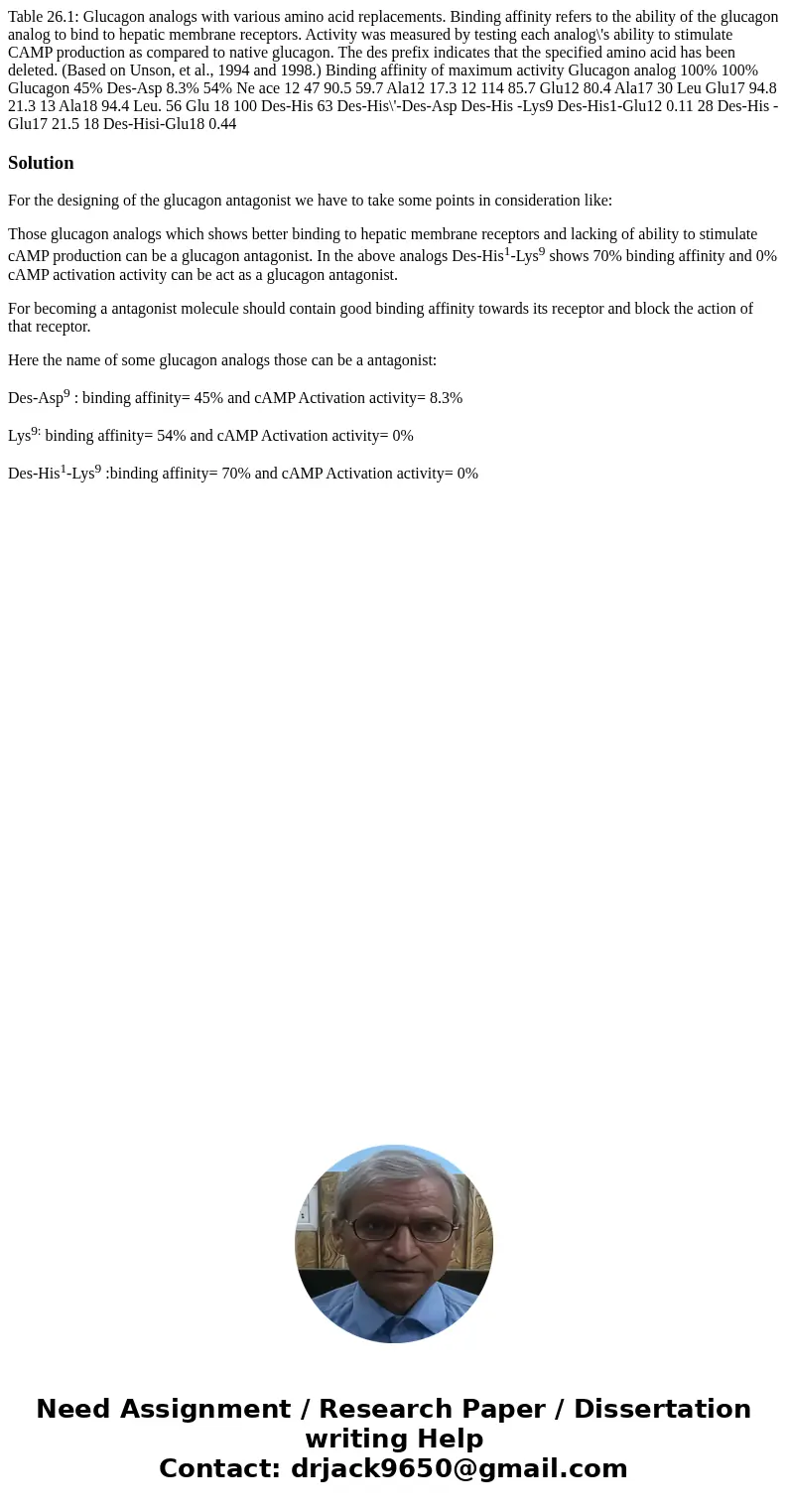Table 261 Glucagon analogs with various amino acid replaceme
Solution
For the designing of the glucagon antagonist we have to take some points in consideration like:
Those glucagon analogs which shows better binding to hepatic membrane receptors and lacking of ability to stimulate cAMP production can be a glucagon antagonist. In the above analogs Des-His1-Lys9 shows 70% binding affinity and 0% cAMP activation activity can be act as a glucagon antagonist.
For becoming a antagonist molecule should contain good binding affinity towards its receptor and block the action of that receptor.
Here the name of some glucagon analogs those can be a antagonist:
Des-Asp9 : binding affinity= 45% and cAMP Activation activity= 8.3%
Lys9: binding affinity= 54% and cAMP Activation activity= 0%
Des-His1-Lys9 :binding affinity= 70% and cAMP Activation activity= 0%

 Homework Sourse
Homework Sourse